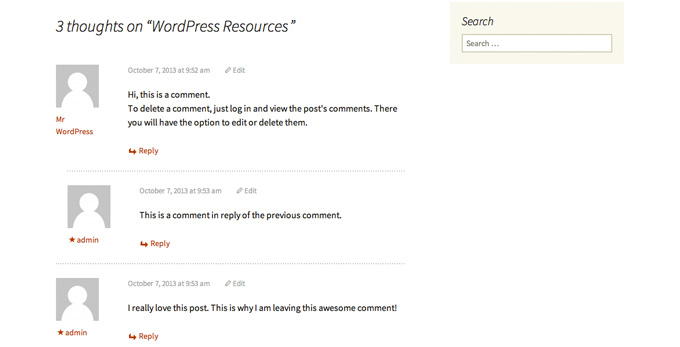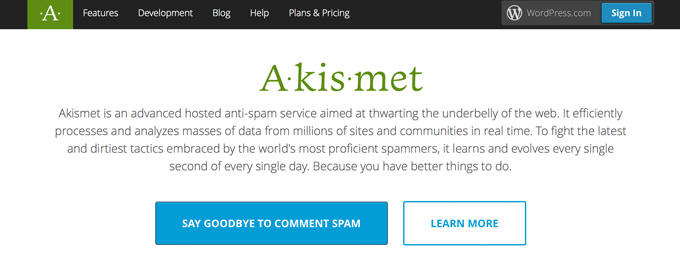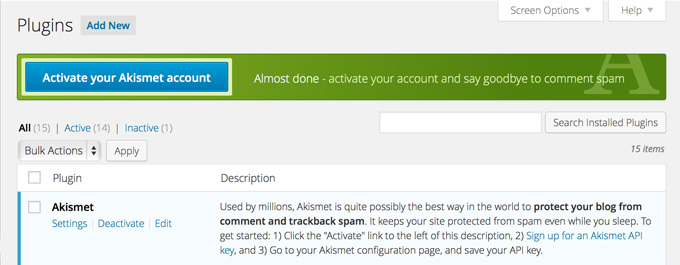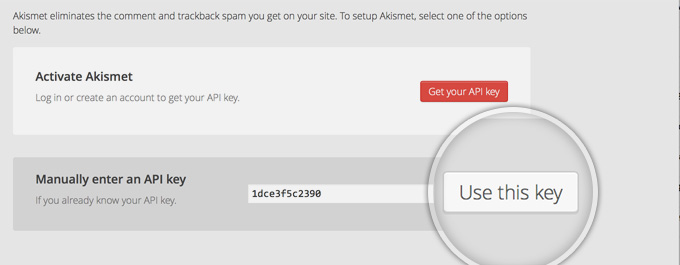Comments are essential part of almost every WordPress website. It is important to have your comments free of spam and allowed under the pages or posts you want them to appear. In this tutorial we will provide you with detailed information on how to moderate and secure your comments, how to manage them per post or page, how to use external comment service and more.
The WordPress Comments tutorial covers the following topics:
What are Comments and Pingbacks
![]()
If comments are enabled(which they are by default) your visitors can share their thoughts on your content under your post. These are called comments. Comments are great for your website because they show you which of your content is becoming popular and what is your visitors opinion on what you write.

The way your comments are shown on your site depend on your WordPress comments settings and on the theme you’re currently using.
What are Pingbacks
![]()
When people cite or use your entire blog post linking to you, WordPress automatically sends a pingback to the content author. This way you can keep track on who is linking to you. In addition that’s a way of acknowledging someone’s authorship on certain content. You will see your pingbacks in the Comments section of your WordPress admin area. They will be listed amongst the regular comments. You can distinguish pingbacks from regular comments because the anchor text of the link to your site is automatically placed in square brackets by WordPress.

Configure Comments
![]()
The available settings for your comments are listed under Settings -> Discussion tab in your WordPress admin panel.

On this page, there are several important settings that you should change depending on your needs:
- Allow people to post comments on new articles – this setting handles whether the comments under your new posts are enabled or disabled by default. Note that enabling or disabling comments under a particular post or page will overwrite this setting.
- An administrator must always approve the comment – if you want to moderate each comment that enters your site before it goes live, enable this option. If you do so, you’ll have to activate new comments form the Comments page.
- Show Avatars – by default, WordPress will link the commenter’s email address to his/hers avatar in Gravatar if such is present. With this option, you can either hide or show avatars next to your comments.
Protect Comments from Spam with Akismet
![]()
Setting up Akismet for your WordPress site is one of the first things you should do. Spam is a global problem and often WordPress comments are the place when bots try to enter bogus content full of links to their sites. Akismet is an external service for battling spam. It has a database of known emails, IP addresses and username used for sending spam. When a visitor of your website submits a comment, it’s being checked by Akismet and put in a special Spam folder if it matches any criteria. The first thing you should do is to go to the Akismet website and hit the Say Goodbye to Comments Spam button.
Once you have your key, go back to the admin panel of your WordPress site and install the Akismet plugin. If you need assistance in the plugin installation, check out the instructions in our tutorial on how to install WordPress plugins. Once activated the Akismet plugin will require from you to activate your Akismet account. To do this, press the blue button that will appear above the table of installed plugins.

On the next page, simply enter your Akismet key and press the Use this Key button.

That’s it, your Akismet plugin is set and working on your WordPress site. You will see a confirmation of this and the information about the current status of the Akismet servers.
Next, follow the instructions on the Akismet site to create an account. Once ready, you will be provide with your Akismet Key.
Disable Comments on Specific Pages or Posts
![]()
Sometimes, you may wish to disable the comments for certain page or post. For example, your Contact Us page with a simple mail form on it shouldn’t have comments under it. In such cases, you can disable the comments for a particular post or page. To do this, open the post/page itself and scroll down until you reach the Discussion tab. In it, uncheck the Allow comments and Allow trackbacks and pingbacks to display them from showing on this particular post or page.


 Phone: 1(877) 215.8104
Phone: 1(877) 215.8104 Login
Login